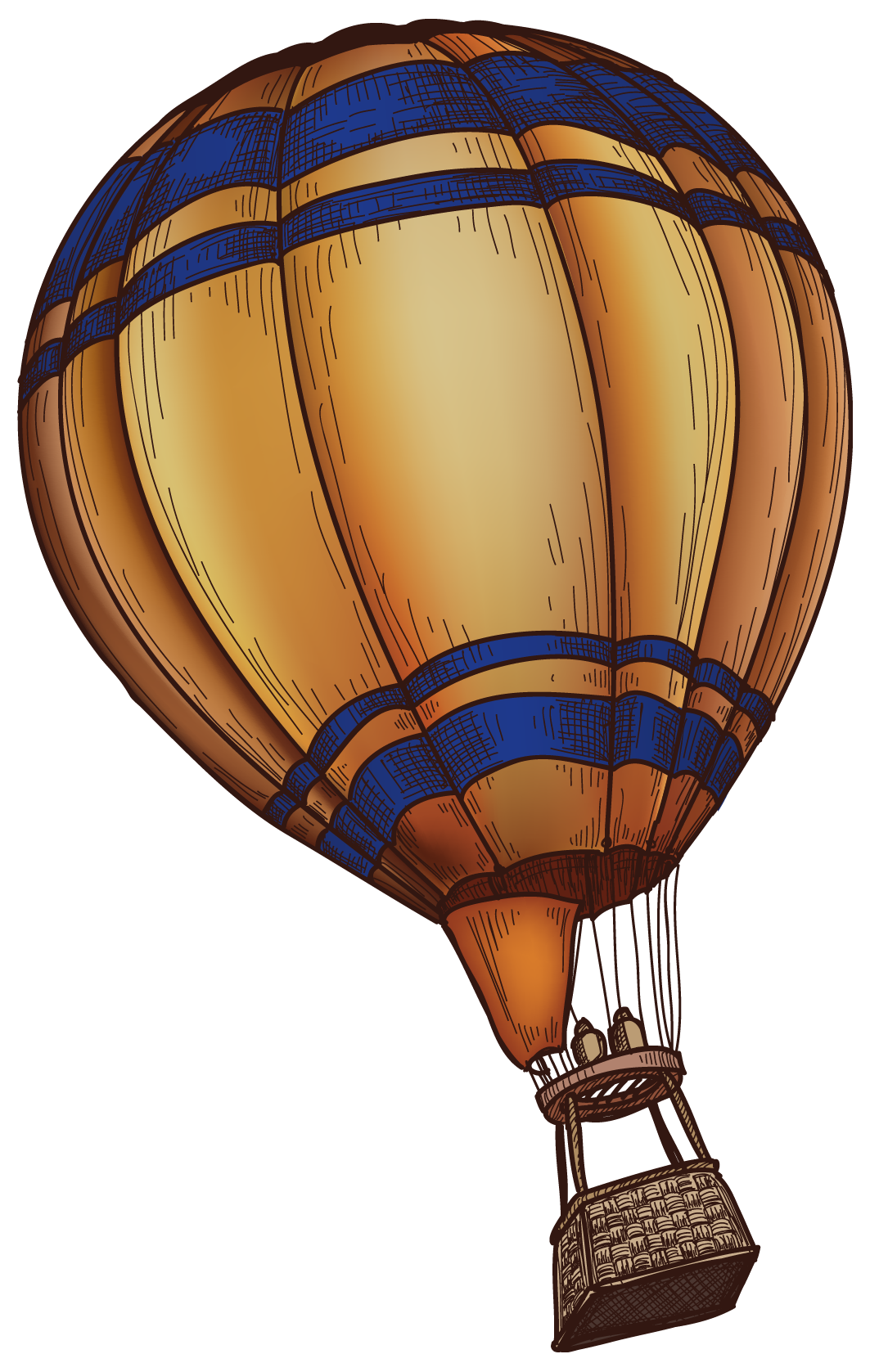Best time to visit Cyprus
April to May and September to October to avoid the heat and crowds.
Experiences
- Visiting the Byzantine frescoed churches of the Troödos Mountains
- Cycling through the almost –deserted Karpas Peninsula
- Wandering around the castles of the Kyrenia (Girne) Range
- Skin diving at Cape Greco and swimming at deserted beaches
- Hiking the Mt Olympus trails in the Troödos Mountains
Eat
Kleftiko (oven-baked lamb) or mezedes (dips, salads and other appetisers)
Drink
Raki (Turkish) or zivania (Greek), the local firewater made from distilling the leftovers of grape crushings
Surprises
Richard the Lionheart married Berengaria at Lemesos Castle in the 12th century; there was once a rail system in Cyprus that ran the length of the island.
Czech Republic
Most visitors to the Czech Republic spend their time in its near-mythical capital, Prague. Granted, the Golden City does exert a siren pull and you could spend endless hours there – roaming through the maze of it’s Old Town, discovering its back street secrets, getting to know each stone saint on the Charles Bridge. But don’t miss out on the rest of the country, with it’s stately old spa towns, fanciful castles, spruce forests and subterranean caves. The Czech Republic is a feast of art, history and heart-attack food – abandon your vowels and tuck in.
Best time to visit
April to June (spring) – or during the Halycyon Prague Spring of 1968 (preferably before the Soviet tanks rolled in).
Experiences
- Getting up early to cross Prague’s Charles Bridge at dawn
- Drinking slivovice at an all-night bonfire party on the Day of the Witches
- Hiking through the crenelated sandstone pinnacles of the Adršpach-Teplice Rocks
- Contemplating your mortality under the bone chandelier in the Ossuary Chapel of All Saints in Sedlec
- Catching a classical music concert in the underground caves of the Moravian Karst
Eat
Smazený kvaták’s bramborem (cauliflower fried in breadcrumbs, served with boiled potatoes and tartar sauce); sviková na smetane (beef in cream sauce with dumplings and lemon or cranberries).
Drink
Budvar (the original version of Budweiser and one of the most famous of the Czech Republic’s famous beers) or absinthe (very green and very mean).
Surprises
The word ‘defenestration’ is derived from incidents in Czech history where Catholic and Hapsburg councillors were flung out of the windows during disputes in Prague; Czechs love the un; it is possible to eat vegetarian.
It’s not just about sights, sounds and splendour – it’s also about people and it’s about connection. Strike up a conversation in a bar and you will find an intelligent, engaging and friendly person at the other end.
 Incredible Experiences
Incredible Experiences